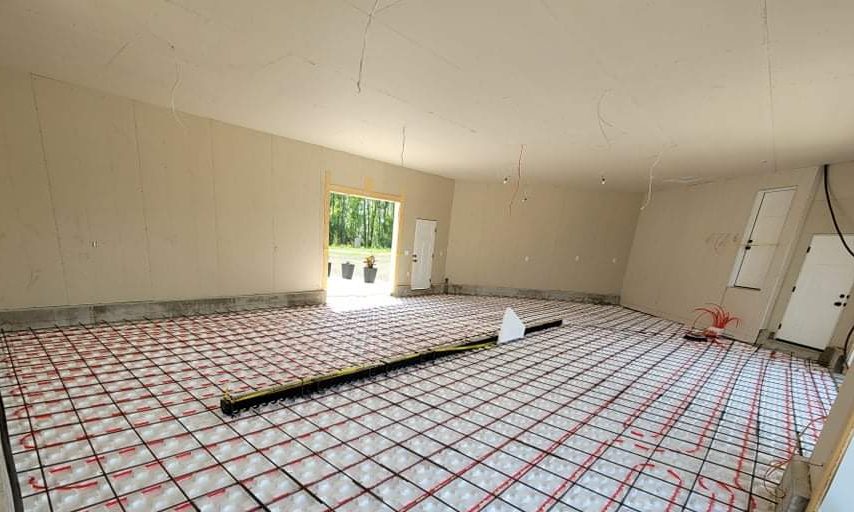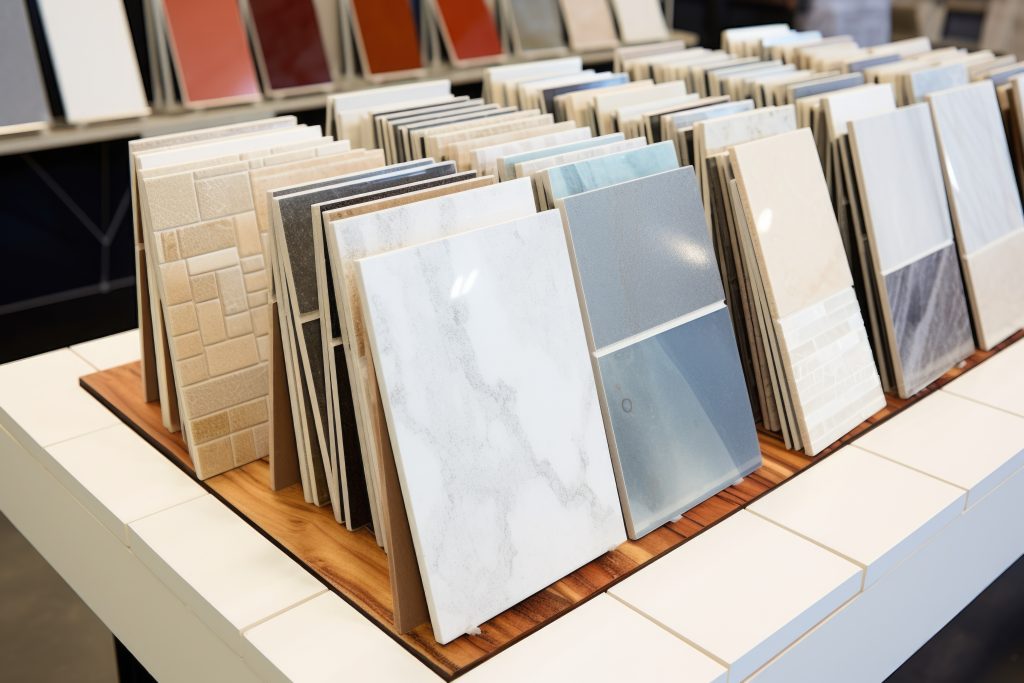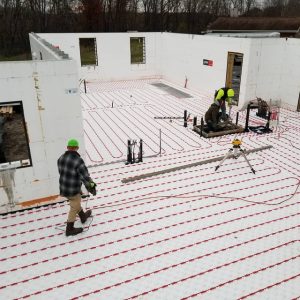Heated concrete floors, or radiant floor heating systems, are gaining ground in both residential and commercial settings for their comfort and energy efficiency. But how do you maximize their effectiveness? One answer lies in your flooring choice. In today’s article, we’ll cut through the noise and lay out the best and worst flooring options for heated concrete floors.

The Rise of Heated Concrete Floors
Radiant floor heating systems offer a luxurious, even warmth underfoot during the colder months. These systems, which circulate warm water through tubing embedded in concrete, not only elevate comfort but are also energy-efficient compared to traditional radiator systems. However, the efficiency of these systems is heavily influenced by the thermal conductivity of the flooring material chosen.
Top Picks for Flooring Over Heated Concrete Floors
- Tile and Stone: From a construction standpoint, tile and stone are your best bets. Their high thermal conductivity ensures quick and efficient heat transfer. Plus, they are durable and low-maintenance—attributes your clients will appreciate.
- Engineered Wood: A step up from solid wood, engineered wood performs better under temperature and moisture changes. It’s not just thermally efficient but also aesthetically pleasing, providing a natural look that many end-users desire.
- Luxury Vinyl Tile (LVT): A rising star, LVT offers good heat conduction, is durable, and comes in various designs, making it a versatile choice for modern spaces.
Flooring Options to Reconsider
- Solid Hardwood: While it’s a classic choice, solid hardwood is less stable under thermal changes and is prone to warping or cracking. However, denser woods like oak may perform slightly better.
- Carpet: Despite its cozy appeal, carpet acts as an insulator, making your radiant floor heating system work harder to warm up the space. If a project insists on carpet, go for thinner options, and use a thermal underlay.
- Laminate: Like solid hardwood, laminate flooring may warp or discolor due to the heat and moisture, making it a less-than-ideal choice for heated concrete floors.

Tips for Choosing Flooring for Heated Concrete Floors
- Consult Manufacturers: Before making a decision, always check the flooring material’s compatibility with radiant heating systems.
- Think Thermal Underlay: This can improve the flooring’s thermal performance while also serving as an added layer of protection.
- Balance Practicality and Aesthetics: Don’t focus solely on thermal properties. Consider factors such as durability, maintenance, and cost when choosing the flooring material.
Conclusion: Make an Informed Choice
Making the right flooring choice for heated concrete floors is crucial for optimizing comfort and energy efficiency. While thermal conductivity is a key factor, also consider the practical aspects of maintenance, durability, and aesthetics. After all, the best flooring will balance all these elements, fulfilling both practical requirements and design aspirations.
So, the next time you’re planning a construction project with radiant floor heating, refer to this guide to make a choice that’s not just aesthetically pleasing but also technically sound.






